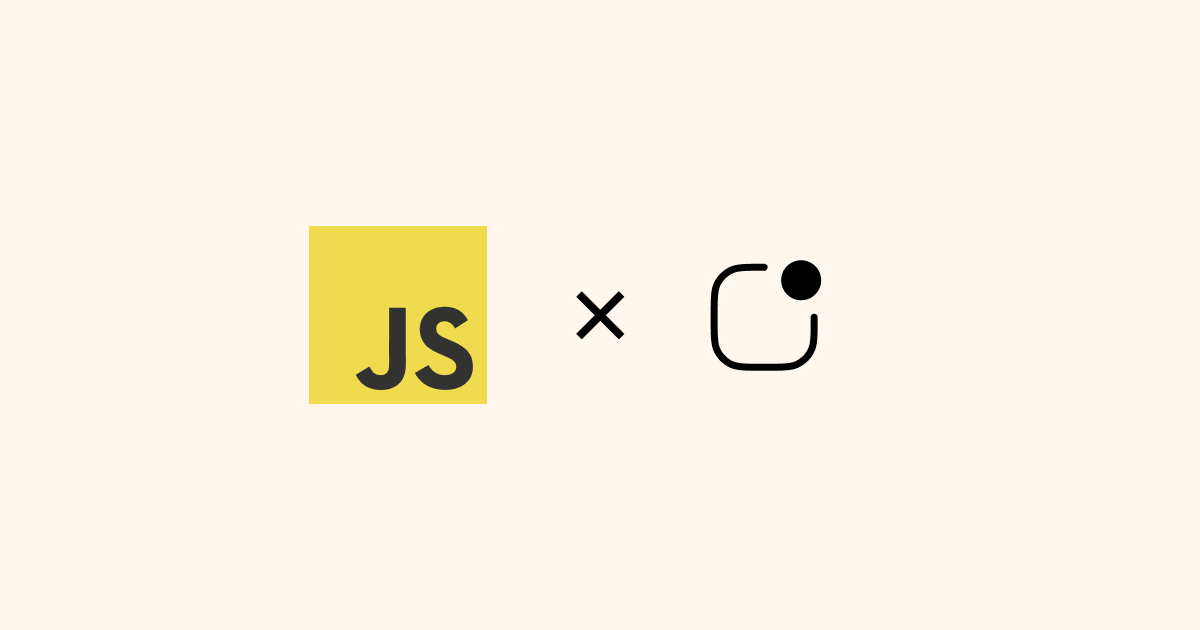When developing software, there is a need for a way to track important events and be notified when something happens. LogSnag provides an easy way to track important events and be notified in real-time on your Desktop, Phone, and SmartWatch.
Our API makes it very easy for anyone to integrate LogSnag into their JavaScript code. You can simply send an HTTP request to our API with any additional information you like, and we will take care of the rest.
Setting up LogSnag with JavaScript is as easy as using our code snippets with no custom modules required.
Set up your LogSnag account
- Head to LogSnag.com and create your free account.
- Create a new project from your dashboard.
- Copy your API token from the API settings.
Log your events via JavaScript
- Copy one of the following code snippets into your text editor
- Replace your API token, project name, and channel name.
- Run your JavaScript code!
JavaScript snippets for LogSnag
Send notifications using JavaScript and Fetch
Send notifications using JavaScript and jQuery
Send notifications using JavaScript and XHR
Conclusion
Once an event is published, you get instant updates in real-time, and you could optionally turn on or off push notifications depending on the priority of your event.
Also, LogSnag makes it very easy to organize your events into different projects and channels depending on their topic and provides you with a global and project-wide feed so you can scroll through your events.
In addition, with our collaborative features, you can add team members to a project so that everyone can receive push notifications and updates, regardless of the desktop or mobile platform they are using.
You can learn more about our API by heading to docs.logsnag.com
Other use-cases for LogSnag
- Monitor your CI/CD build status for your JavaScript application
- Monitor your CPU usage in your JavaScript application
- Monitor when database goes down in your JavaScript application
- Monitor high disk usage in your JavaScript application
- Monitor when a user changes their email address in your JavaScript application
- Monitor failed logins in your JavaScript application
- Monitor failed payments for your JavaScript application
- Monitor memory usage in your JavaScript application
- Monitor MySQL downtime in your JavaScript application
- Monitor when a new feature is used in your JavaScript application
- Monitor your Postgres downtime in your JavaScript application
- Monitor Redis downtime in your JavaScript application
- Monitor suspicious activity in your JavaScript application
- Monitor when a user exceeds the usage limit for your JavaScript service
- Monitor when a user is being rate limited in your JavaScript application
- Get a notification when your JavaScript code is done executing
- Track canceled subscriptions in your JavaScript application
- Track your JavaScript cron jobs
- Track when a file is uploaded to your JavaScript application
- Track when a form is submitted to your JavaScript application
- Track payment events via JavaScript
- Track user sign in events in JavaScript
- Track user signup events via JavaScript
- Track waitlist signup events via JavaScript

